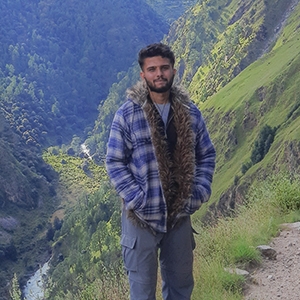Lukla Flight and Other Alternatives
Before commencing the trip to Everest Base Camp, visitors arrive at the Tenzing Hillary Airport in Lukla. At 2,850 meters above sea level, Lukla Airport is one of the world's most dangerous airports, with takeoff and landing strips that are incredibly close together. The flight from Kathmandu to Lukla will take about 30 to 40 minutes, and the weather here is often unpredictable. Due to the monsoon and winter seasons' heavy fog, rain, gusty winds, thick clouds, and other unpleasant conditions, flight delays and cancellations are more likely to occur. When organizing your vacation, keep in mind that you might need to stay an extra day or two in Kathmandu in order to get to the highlands. The best times to go trekking to EBC are in the spring and autumn when the weather is stable, dry, and clear. These times experience relatively few flight changes or cancellations.
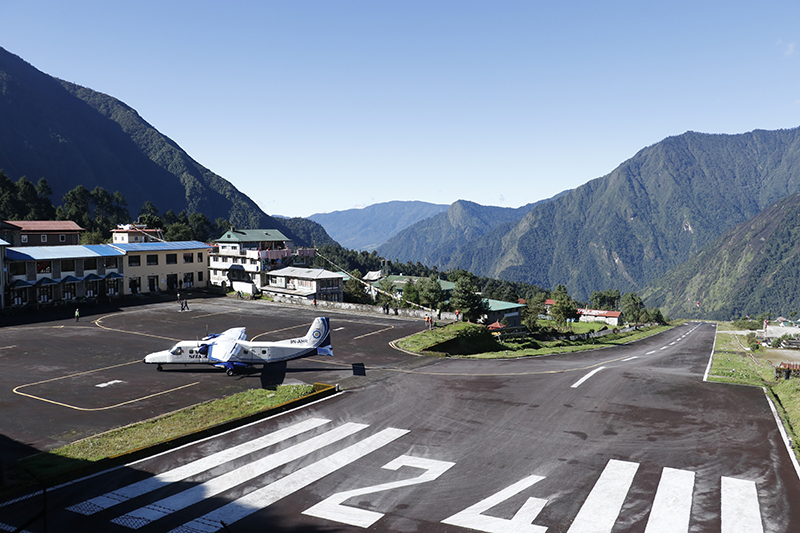
An alternative to Kathmandu Airport is Ramechhap Airport. Typically, Manthali to Lukla flights run quickly from October to November. They also run flights from Manthali to Lukla in the spring, from April to May. Only fifteen minutes pass during the flight from Manthali to Lukla. In the event of significant delays or cancellations, there are additional alternatives for getting to Lukla. These alternatives include:
- Trekking from Jiri: From Kathmandu to Jiri, which is 6 days' worth of walking from Lukla, it takes an 8–10-hour bus ride. Buses are only slightly cheaper than jeeps, but before the airport was established, trekkers used to commence their treks up to Everest from Jiri.
- Jeep to Salleri: One well-known substitute is to take a 10-hour jeep ride from Kathmandu to Salleri, a settlement located 3 days' walk from Lukla.
Here is the detailed travel guide and tips about Lukla Flight and the things you need to know.
Book Your Trek With Local Agency
The Everest Base Camp Journey is a strenuous trip that requires a lot of patience. It is feasible to go solo to the EBC, but we strongly suggest you trek with a local trekking company. Due to the agencies' Wide Areas Of Expertise, they will guarantee all the services, facilities, and safety necessary for your journey. Your best itinerary, along with the best local porters and guides, is provided by a local agency. They can suggest the best locations for staying and dining because they have the best understanding of the Everest Region's trekking circuit. Local Agencies are knowledgeable about the local way of life and culture, enabling you to immediately fit in and create your own distinctive travel experience. You can accomplish your travel goals with the help of a legitimate recognized agency. Your wish to complete the Everest Base Camp Trek can come true with their help.
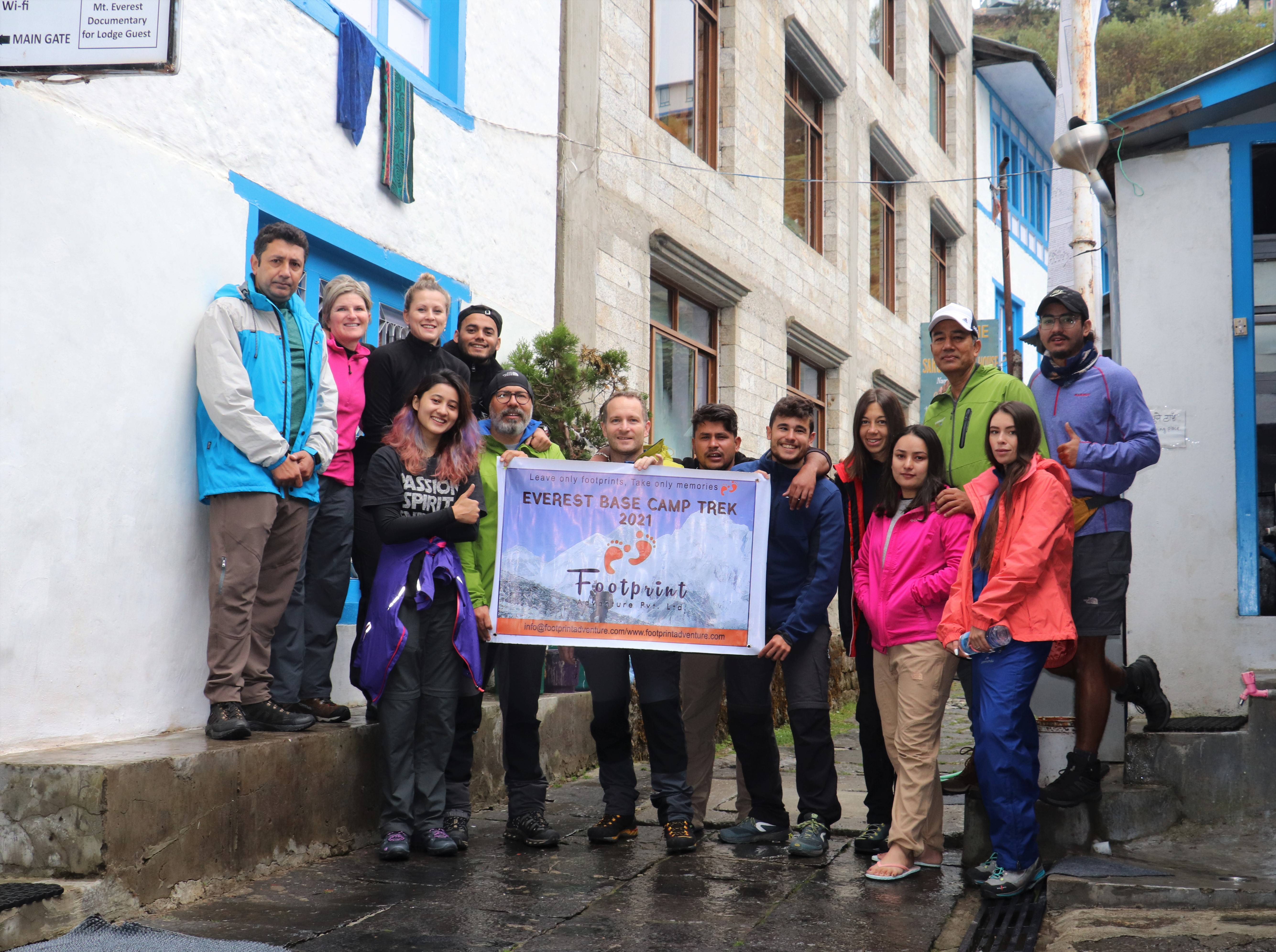
Keep in mind that by booking your trek with a Local Agency, you will be helping the community's people improve and uplift their economic situation. Booking your EBC trip with a reputable local company like Footprint Adventure will therefore be your best choice. Here is an informational blog about the significance of choosing a local travel agency.
Pre-Inform Your Medical Problems To The Agency
It is obvious that to complete the Everest Base Camp Journey, you must ascend to greater altitudes. In these conditions, your body might develop a variety of symptoms due to low oxygen levels in the air. It is highly advised that you mention the agency in advance if you have any medical issues or are taking any medications so that they can take extra care of you. Your needs can be planned ahead of time based on your condition. Additionally, it's crucial to be aware that once you're in the highlands, it becomes challenging to buy medicines. Before going to EBC, spend some time at a pharmacy in Kathmandu purchasing the essentials for your basic care.
When traveling to a high altitude, consult your physician to determine what additional medications you need to pack.
Plan For Customised Itinerary During Peak Season
The EBC trail gets crowded during the peak trekking season, and you might encounter some hardships there. There may occasionally be problems with accommodations, flights, or even the weather. In these circumstances, it is recommended that you design a custom itinerary for your trek to Everest Base Camp. The greatest strategies for you to make your trip to the mountains more successful and memorable will always be provided by your Local Agency. To create a unique itinerary and thoroughly enjoy your journey, you can add more trek days. In addition, you can receive local assistance on your special vacation. Trek organizers frequently have local guides in their network who can assist you with emergencies or other concerns that may arise while on your trek. Being supported by the trek company's local reputation is always beneficial. If you have a good reputation, you might receive better service, more rapid assistance, and more personalized assistance. If you are on a private trip, your trek company may also be more flexible to your needs and circumstances. If that is the case, we are free to deviate from the schedule and extend the days as needed.
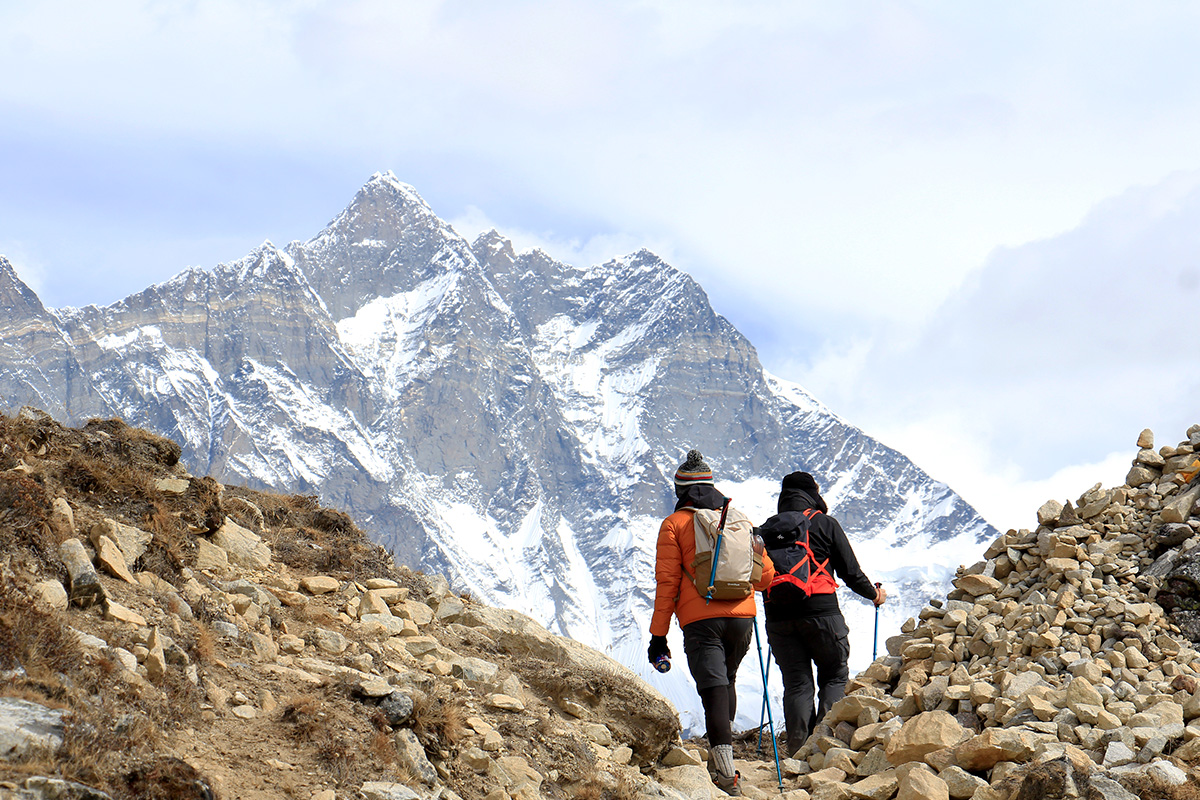
Follow the “Leave No Trace” Motto
You must trek responsibly while on your adventure. Your trek's good deeds will unquestionably have a significant impact on the trails. Leave No Trace is essentially a code of conduct that encourages environmental preservation. And the mountains will likewise be subject to similar morals. To cut down on waste, you might start by bringing less. For instance, you can repackage food so that all you bring is what you know you will consume. Additionally, if you're camping, only set up your tent in spots designated for it to avoid unwanted consequences. Put your rubbish in a trash can or bring it with you when you leave. Please refrain from burning it. Keep your voice down to respect the wildlife and other travelers. Keep everything quiet and peaceful. Trekkers should keep these things in mind as they make their way to Everest Base Camp to support the Leave No Trace concept. Be a responsible trekker and take pleasure in every step of your journey to EBC.
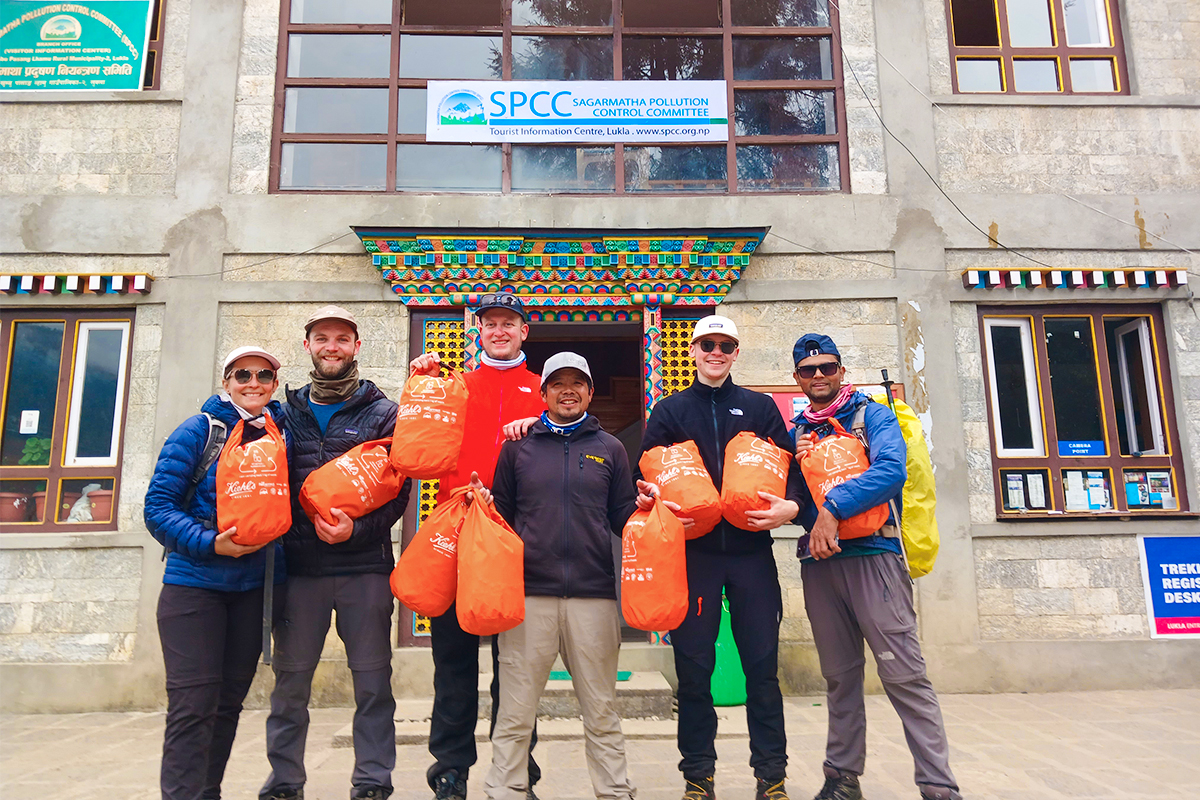
Educate yourself about Sherpa Culture/Mountain Culture
Every region has a unique, varied culture and traditions of its own. The native people in the Everest region are called Sherpas. They live according to their customs and way of life. Educating yourself about Sherpa Culture and mountain lifestyle is essential before embarking on the EBC journey. You can adjust to their way of life on the trekking route if you are aware of it. Buddhism has a strong presence in the Everest region, and along the trip, you'll pass a lot of monasteries and prayer wheels. Additionally, a lot of Sherpas think that the Buddhist deity Miyolangsangma resides on Chomolungma's (Mt. Everest) top. Sherpa has spent decades residing in the country's high elevations and has long worked as a porter and guide, providing tourists traveling to the area with significant local expertise. They raise Yaks as well as grow crops like wheat and potatoes. Additionally, it is thought that beyond 8000 meters, their brains receive a greater blood supply. Therefore, it's crucial to understand the Sherpa Culture before beginning the EBC journey so that you can appreciate and understand their way of life more fully.
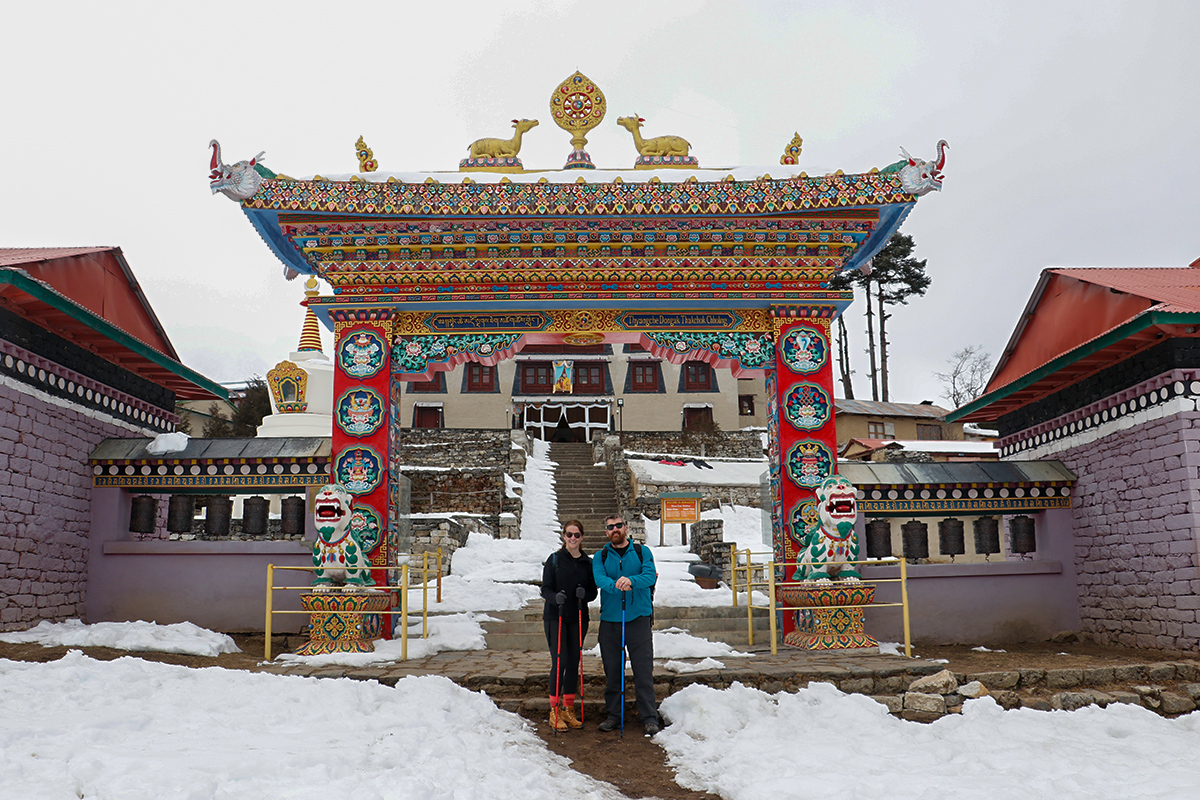
Acute Mountain Sickness (AMS)
High altitudes frequently cause Mountain Sickness. The journey to EBC is both exciting and challenging. If you have the appropriate planning, the right knowledge, enough food and water, and acclimatization, your journey will unquestionably be successful. If you have any additional problems, you should go to the hospital straight away; in this case, you should ask for a helicopter transfer. Some typical symptoms include headaches, nausea, exhaustion, confusion, difficulty sleeping, and dizziness. Mountain Sickness is nothing to be panicked about because it may take some time to get used to the mountains. While you are on the trek, kindly pay attention to your guide's instructions and follow them. After extended exposure at high altitudes, serious Mountain Sickness may occur. Symptoms of altitude sickness can sometimes be felt at lower altitudes, although they usually only develop beyond 2,500 meters.
Learn more about the signs and remedies of Acute Mountain Sickness here.
Weather and Climate
Due to its location 28 degrees north of the equator, Mount Everest experiences seasonal changes that are typical of the northern hemisphere. It is on the outer border of the Indian Monsoons impact, which delivers clouds and moisture from June to September. The greatest trekking seasons, when the weather is mild, are from March to May and from October to November. The coldest months are December and January. The Everest Region, and particularly the mountain region, experiences clear mornings throughout the peak season, followed by afternoon clouds that build up and disperse at night. Although it is still possible to go on a trek during the winter and monsoon, you must be prepared for the extra adventure this time of year as well as take the necessary safety measures. As a result, it is essential to research the weather and climate before making travel plans to EBC. You may read more about Nepal's weather and climate, as well as its mountains, here.
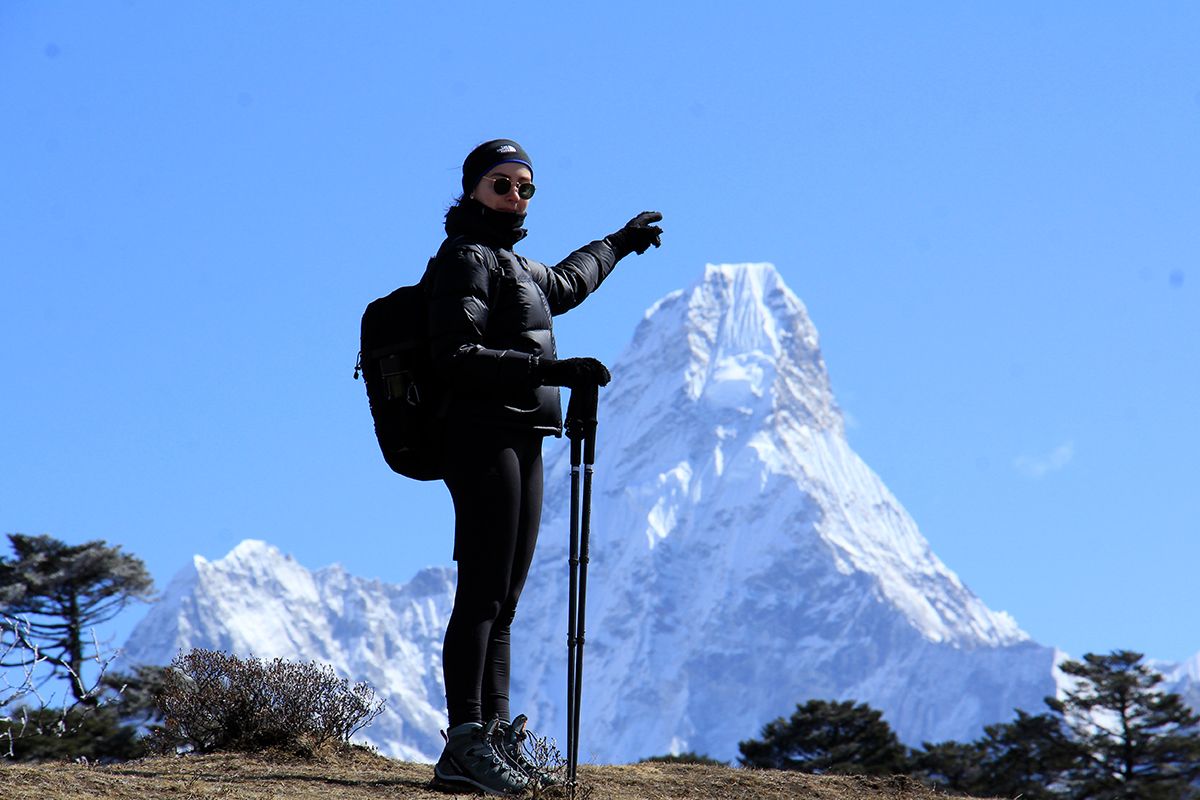
Accommodation and Dining during EBC Trek
There are several places to stay when trekking in the region, ranging from dome tents with mattresses on the ground and dining tables for dinner to the teahouses that are a necessary component of Nepal trekking. While trekking to EBC in Nepal, food and lodging are not difficult to come by. In crowded areas like Lukla and Namche Bazaar, amenities like sunrooms, private rooms, pavement cafes, and indoor western-style restrooms can be found. With pizza, pie, cakes, steaks, tacos, spaghetti, and other delectables on their menus, lodges compete for your stomach's attention. While the area does have some top-notch lodges, it also has a large number of sub-standard hotels. We will give freshly prepared meals from the local guest house or restaurant on your trip to EBC. Lunch is available on the trail, and breakfast and dinner are served at the lodge. During your stay at the EBC Trek, a wide selection of Nepali and Western food and beverages are available. You'll find comfortable mattresses and blankets in lodges. To ensure a comfortable night's sleep, it is best to bring your own sleeping bag. Most lodges have twin-bed rooms, and some of them also have lovely furnishings. The majority of lodging establishments along the trail are managed by local families; they first served only as living rooms and expanded as more and more trekkers showed up. You don't need to worry about lodging because the Everest Base Camp Trek offers a variety of accommodations that are perfect for tourists all along the route.

Fitness Level
You must be in good physical and mental health and must plan your trip to Everest Base Camp accordingly if you want to reach your destination safely. To go to the foot of the highest mountain in the world, you mostly need a terrible amount of desire. The EBC Trek has some tough terrain. Such an arduous uphill hike includes Jorsalle to Namche and Phungi Thanga to Tengboche. You can ascend to higher elevations more quickly and effortlessly if you have the right attitude and acclimatization. You will undoubtedly need your Dingboche acclimatization to assist you to cross the Thukla Pass and get to Base Camp. Many people find the hike to Kala Patthar to be the most physically draining, but if you move slowly and steadily at your own pace, we guarantee this will be the most touching moment of your life as you stand in front of Mount Everest. Here is an informational blog about the Fitness for Everest Base Camp Trek.
The best kind of exercise before setting out on your trek to EBC can be any of the following:
- Participate in hiking activities
- Exercise your heart twice a week.
- To keep yourself in good shape, pay attention to your everyday nutrition.
- Stay hydrated and avoid consuming alcohol and smoking.
- Here is more information on Fitness Level Required For EBC Trek.
Packing List For EBC Trek
Before beginning your journey to Everest Base Camp, it is crucial to know what to pack. Only bring what is absolutely necessary on your trip to avoid stress. Before your journey, you don't need to spend a lot of money on supplemental clothing and equipment. The majority of this equipment can be purchased in Kathmandu at affordable prices, and you can also rent some of it. You may obtain additional information regarding high-altitude trekking equipment, such as Everest Base Camp, by following this link.
Insurance Information
The Himalayas' spectacular natural scenery comes with a large level of ingrained danger. It is necessary that you obtain the best insurance before going on the EBC trek. Choose a policy that covers the cost of helicopter rescues from the mountains (up to 5000m) in the case of a fatal accident or the development of Acute Mountain Sickness. When climbing, especially in Nepal, there is always the possibility of minor health issues, injuries, and, most critically, altitude sickness. This is a risk that cannot be completely eradicated. As a result, we request funds from your travel insurance to cover the cost of the helicopter or any other rescue help required for your evacuation from the Himalayas.
These are the 12 most important things to know before embarking on the Everest Base Camp Trek. Please contact us if you have any further questions or issues about the EBC Trek. Also, if you want to explore some Frequently Asked Questions about EBC Trek here is the link for you.
Some Quick Fun Information And Tips For Hiking EBC
Everest Viewpoints (Not To Skip)
Syangboche
You can perform a day trek up the valley, to the North of Namche Bazaar if you take the advised rest day in Namche. A historic monastery, a couple of lonesome lodges, and a breathtaking view of Ama Dablam mountain and Everest may all be found in this area. Everest, which appears less impressive in the distance, is overshadowed by Ama Dablam and its distinctive shape.
Kala Patthar
Start your ascent to the summit of Kala Patthar two hours before sunrise! Since the sun rises behind Everest and obscures the stunning views, it is crucial to reach the summit of Kala Patthar before it rises. This viewpoint offers a 360-degree perspective of the entire mountain range in addition to offering a beautiful glimpse of Everest. Don't miss the chance to summit the Kala Patthar.

Best Side Treks To Approach From EBC
Gokyo and Gokyo Ri (To witness more great views)
The most popular side trip from EBC is traversing Cho La and its glaciers, a mountain pass. Your destination is Gokyo, a stunning alpine village near a sizable turquoise lake. Gokyo Ri, a 5360m peak next to Gokyo, is where you can see Everest on a clear day. Trekking from EBC to Gokyo makes a little detour north of Namche, preventing a repetition of the same views. Here is the complete guidebook for Gokyo Lakes Trek.
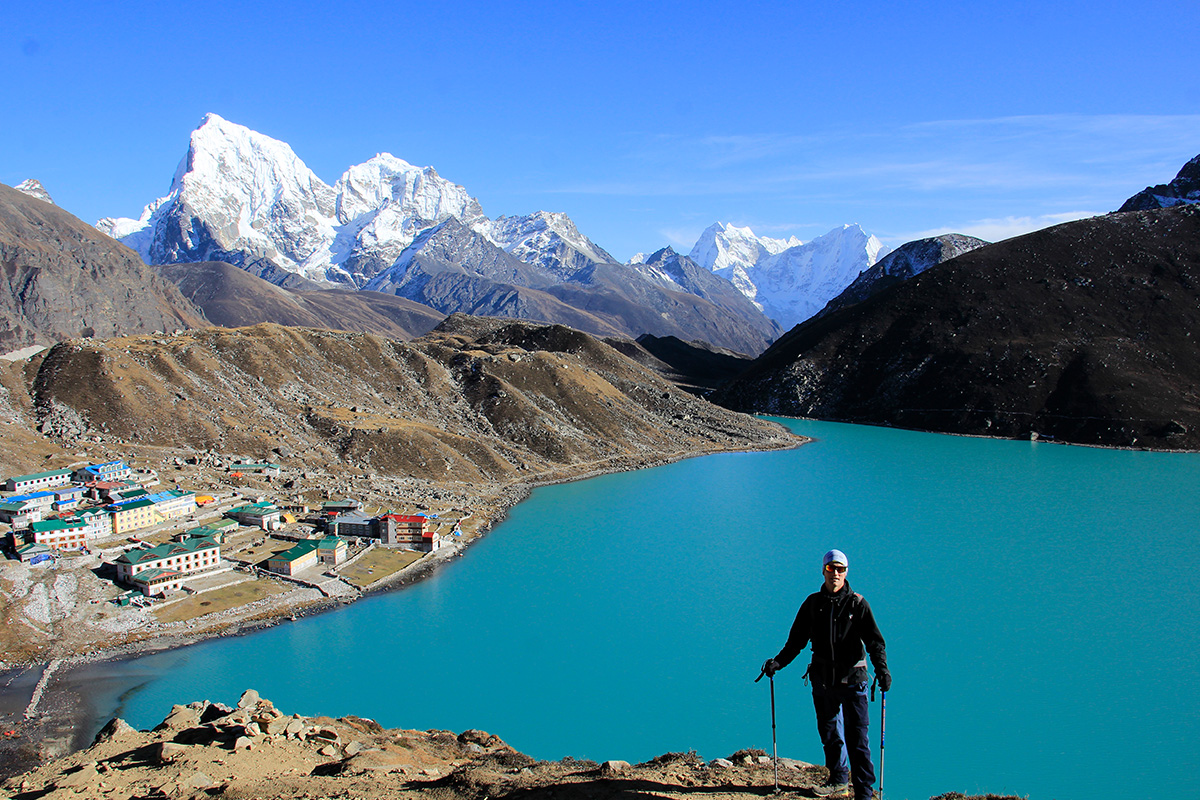
Ama Dablam Base Camp
This is a fantastic way to better acclimatize before traveling to higher elevations, and it is a day walk from a beautiful village called Pangboche, which is part of the regular EBC Trek. It is possible to visit in a single day and continue to the next stop on your journey before returning to EBC.
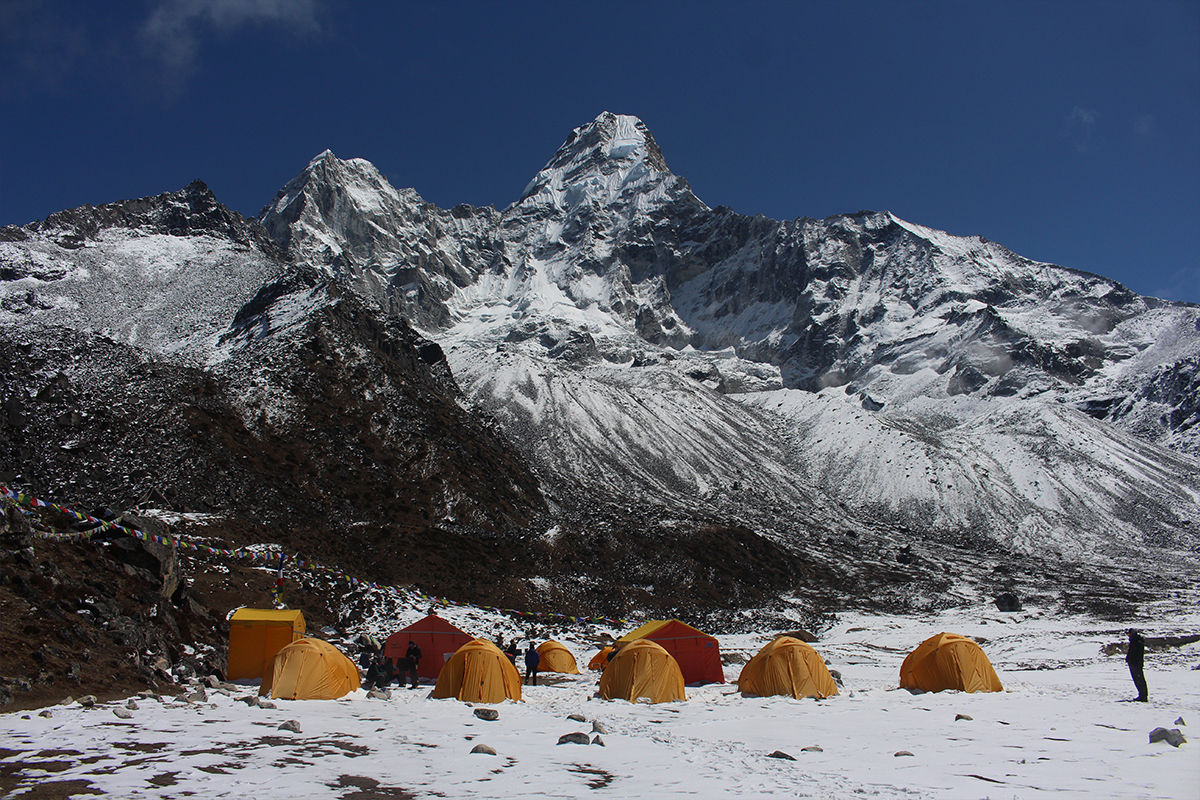
Attempt the Three Pass Trek if you want more challenge
With EBC as a side trek, the Three Passes Trek is a circuit hike that crosses three 5400m mountain passes. You travel across huge, moving glaciers and lunar-like scenery. One of the most adventurous treks in the high Himalayas is the Everest three passes trek. The trail crosses three high mountain passes, including Renjo La Pass (5,360 m), Cho La Pass (5,420 m), and Kongma La Pass (5,545 m). It also climbs up to Gokyo Ri (5,357 m), Kala Pattar (5,545 m), and Chukung Ri (5,550 m), giving you the incredible opportunity to have captured the amazing scenery. Here is more information on Three Pass Trek.
Best Bars And Places To Hangout In Namche Bazaar
Everyone deserves to have fun after a successful EBC journey!
Sherpa Barista Cafe
This famous cafe in Namche Bazaar delivers Everest's greatest bakery and meals. Trekkers love the world's highest bakery cafe. The cafe owner is friendly and the cuisine is delicious. This cozy cafe offers free wifi, tasty meals, bakery items, and a superb cappuccino, espresso, and americano. This cafe streams football matches and famous documentaries on its huge screen. This cafe is open from 06:15-22:00.
Irish Bar
An Irish-themed bar across the street will take you right to the Ireland vibes. Sports are being broadcast on televisions all around you, and there are plenty of seats to relax on. Although it shuts at 11 p.m., this bar offers excellent meals and plays classic rock and western music. After returning from EBC, it seems to be a favorite place for trek groups to reconnect and celebrate.
Other famous places to hangout include:
- Cafe Danphe Bar
- Namche Bakery Cafe
- Beans Bucks Cafe And Bar
- Hermann Helmers Bakery
ATM facilities on the EBC trek
The volatile nature of Namche's ATMs causes them to frequently be out of order owing to power failures or running out of money. Additionally, each withdrawal costs 500 rupees ($5), with a maximum withdrawal of 10,000 rupees ($100). Before going to Everest Base Camp, keep in mind the following: It is important to carry all of the cash you intend to use from Kathmandu! Besides that, you can also find some ATM machines in Lukla.
Internet Facilities On The EBC Trek
In contrast to the other trekking regions, the Everest region rarely has free WiFi. There are hotels and eateries with WiFi in Namche and Lukla, the two biggest towns, however, they may charge $1 to $2 per device. You need to buy an Everest Link or Air Link prepaid internet card if you're traveling outside of Namche and Lukla. This is available for purchase and usage at every guesthouse.
If you buy a SIM card in Kathmandu, you'll surprisingly have 4G service in Namche and sometimes 3G in Tengboche. In Kathmandu, a SIM card from NCell costs 1500 rupees ($15) and comes with 10 GB of data.
Make sure to inform friends and relatives that you won't have internet access throughout your journey to Everest Base Camp if you don't want to spend money on these!.












